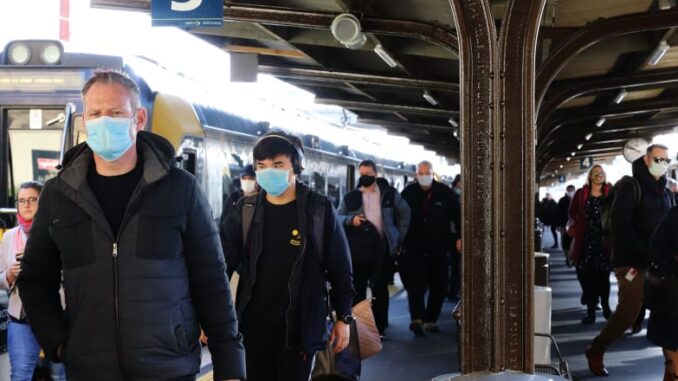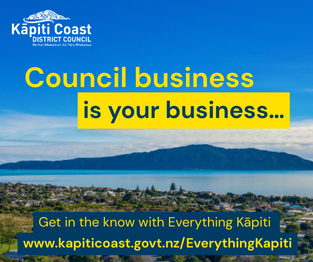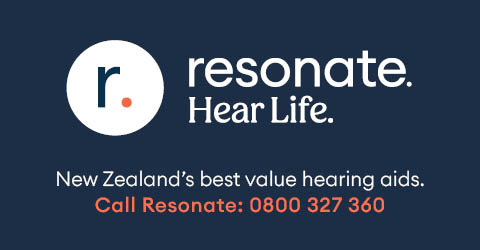
By Dr Timothy F. Welch
The National Party leader said public transport ‘can’t be subsidised or underwritten’. But affordable public transport is not a luxury or liability, it’s a basic human right
Public transportation isn’t meant to be profitable. It’s not even expected to break even, and that’s okay. Unlike motorised private transport (the car), public transport significantly benefits people who use the mode and those who do not.
When someone decides to take a train or bus rather than drive a car, they free up road space, reducing congestion and increasing parking for those who can’t or won’t use public transport. People who use public transport also become part of a system that creates far less pollution and climate changing emissions per person. They radically reduce the possibility of another road death. They help make viable a form of transportation that is much more affordable and equitable than private transport.
Public transport wasn’t always publicly owned or operated. In its earliest forms – the horse-drawn omnibus in the early 19th century, then carts on rails pulled by horses and then by motor towards the beginning of the 20th century – private industry competed fiercely on routes, service and price. This competition kept services marginally profitable but also very affordable.
Mass transportation didn’t have to compete with private transport, other than bikes. This all changed as cars became more affordable and roads more ubiquitous. People abandoned efficient and cheap mass transport modes, and as the customer base dried up, so did revenue and competition among providers.
As we rounded the corner of the century in the 1970s, many cities had just one or two mass transport providers, and even they struggled to stay afloat. Around this time, local and national governments started taking over transit companies and creating public transport agencies. It was also at this point that subsidies kicked in.
Nearly every public transport system in the world has had subsidised fares for the past 50 years. Some do this in innovative ways, such as Hong Kong, where fares are low partly because the government gives the rail agency the land and development rights over the subways, which turns a massive property-based profit. Public transport is partially subsidised by congestion charges in London, Stockholm and Singapore.
A tiny portion of revenue comes from fares for most public transportation systems – this is called a farebox recovery ratio. The New York City MTA, the most extensive and widely used public transportation system in the US, has a historical ratio of about 51 percent, but since the pandemic is down to 25 percent. The same is true for Boston, San Francisco, Chicago, Atlanta, and many other US cities. All are operating with the government covering two to three times the face value of a fare. In Europe 60 percent of transit systems have ratios below 50 percent. In Australia, farebox recovery ratios top out at 30 percent for Melbourne and go down from there.
Public transportation is a public good. It is the only way cities can achieve high density levels and move people and goods from place to place. Rather than viewing public transport as just another government spending scheme, we should take it for what it is: a tool that lets people of all ages, abilities, and socioeconomic backgrounds gain access to employment, services, shopping, socialisation, and recreation. Affordable public transport is not a luxury or liability but a basic human right.
There is also an economic incentive for a subsidy that even a die-hard car driver should be able to get behind. The more affordable a public transport fare, the more people use public transport. More people on public transport means fewer cars on the road. Commutes are faster, traffic moves at a more efficient pace, reducing petrol consumption and significantly reducing the likelihood of stop-and-go traffic-induced crashes. I doubt there is a driver among us who wouldn’t agree that a few cents of their petrol tax go to maintaining and growing all those benefits.
Government should subsidise public transport because it does so much more for everyone in the city than just getting people from A to B. It’s not just transportation; it’s a benefit to everyone whether they use it or not.
Dr Timothy F. Welch is a Senior Lecturer in the School of Architecture and Planning at the University of Auckland’s Faculty of Creative Arts and Industries.
Published in the excellent www.newsroom.co.nz











































